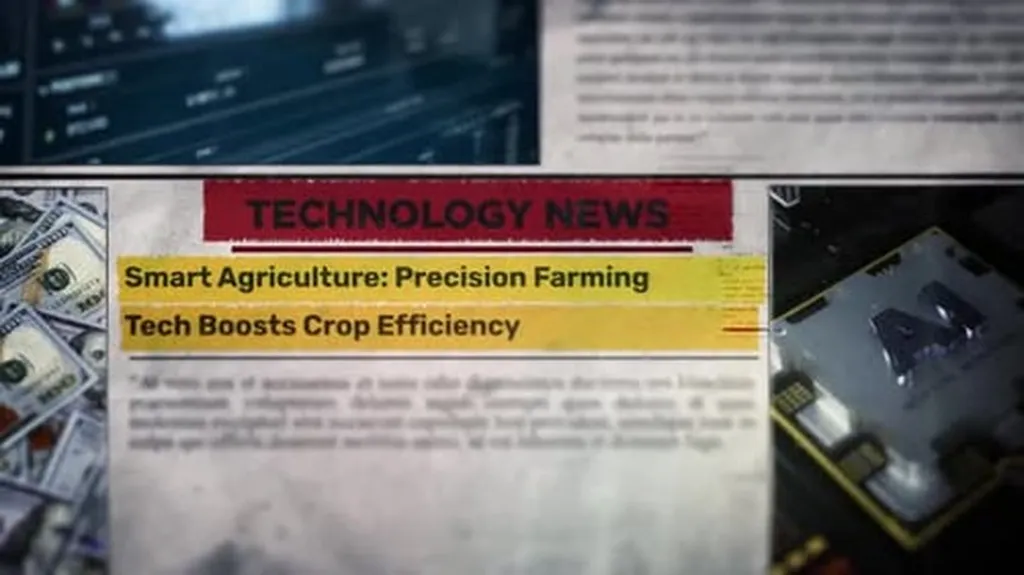In the ever-evolving world of agriculture, technology is playing an increasingly pivotal role. This week, several insightful pieces have emerged, offering a glimpse into the nuances of precision farming and the challenges that lie ahead.
Nathan Faleide, co-owner of Satshot, penned a thought-provoking column that challenges the one-size-fits-all approach to agricultural technology. He argues that not all innovations are universally applicable, and that the key to success lies in understanding and adapting to the unique systems that already exist. This perspective is crucial for both tech developers and farmers, as it underscores the importance of tailored solutions and gradual evolution in the adoption of new technologies.
Meanwhile, Cami Koons of the North Dakota Monitor explored the burgeoning trend of drones in agriculture and the potential impact of a ban on Chinese tech, particularly DJI products. The piece features interviews with industry players, including a farmer considering drone integration into his operation. The potential ban raises important questions about the future of drone technology in agriculture and the need for reliable, serviceable alternatives.
On the latest episode of 21st Century Equipment’s FarmCast, the precision team provided an update on John Deere’s new precision technology. They discussed the impact of JDLink Boost on customers with connectivity issues and shared updates on the John Deere Operations Center. This episode offers valuable insights into the practical applications of precision technology and its role in enhancing farm operations.
In a testimonial video by Ag Technologies, farmer Brian Dunaway shared his experience using the Sabanto autonomous tractor system. His journey provides a real-world perspective on the benefits and challenges of adopting autonomous technology in agriculture.
Lastly, David Murray of the High Plains Journal delved into the Kansas Water Plan Implementation document, which outlines a 10-year strategy for improving water infrastructure. One of the key recommendations is the upgrade of 10,000 irrigation systems to reduce water usage by 15%. This piece highlights the potential of precision technology to address critical issues such as water scarcity, demonstrating its role in promoting sustainable agricultural practices.
As the agricultural industry continues to embrace technology, these insights serve as a reminder of the complexities and opportunities that lie ahead. By understanding the unique needs of farmers and the broader implications of technological advancements, we can pave the way for a more efficient, sustainable, and resilient future for agriculture.

